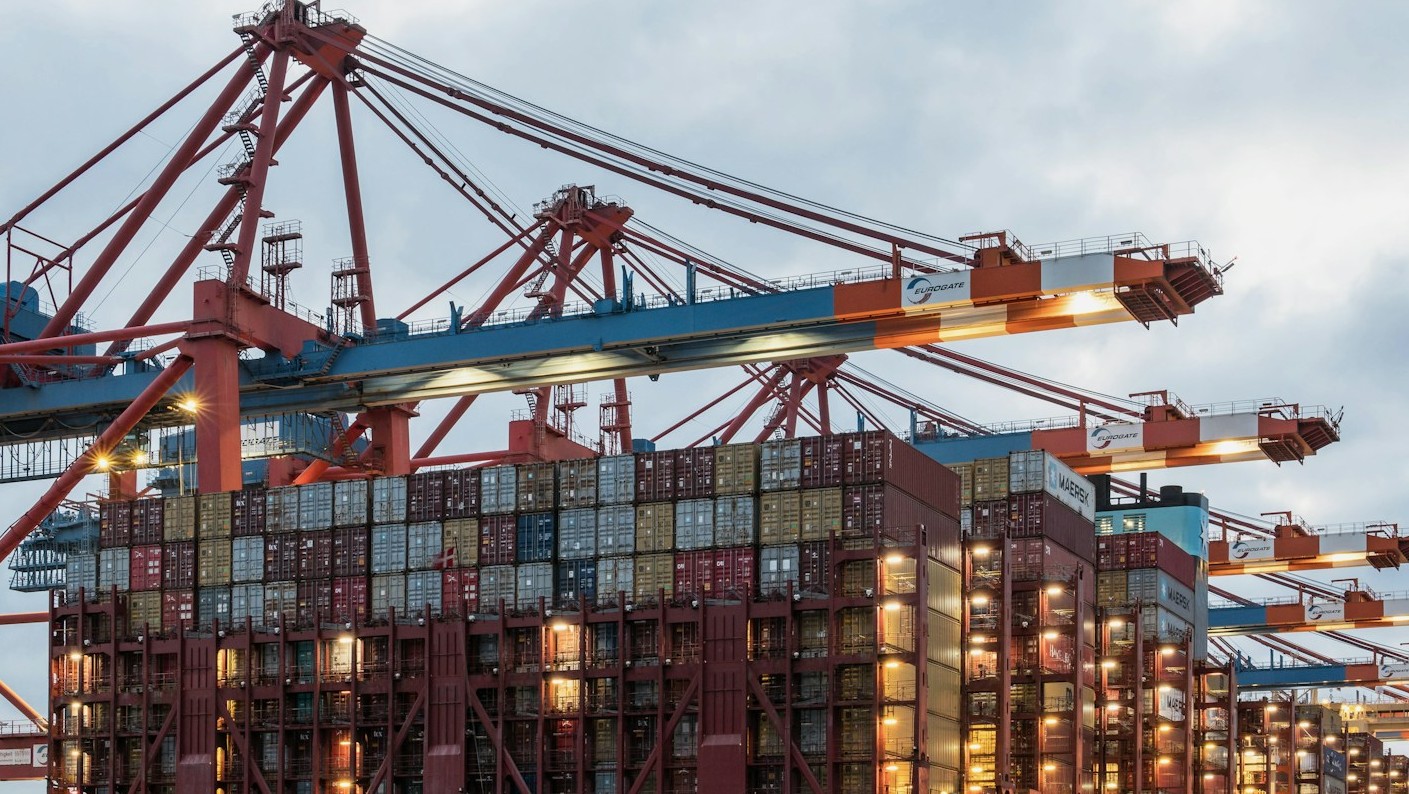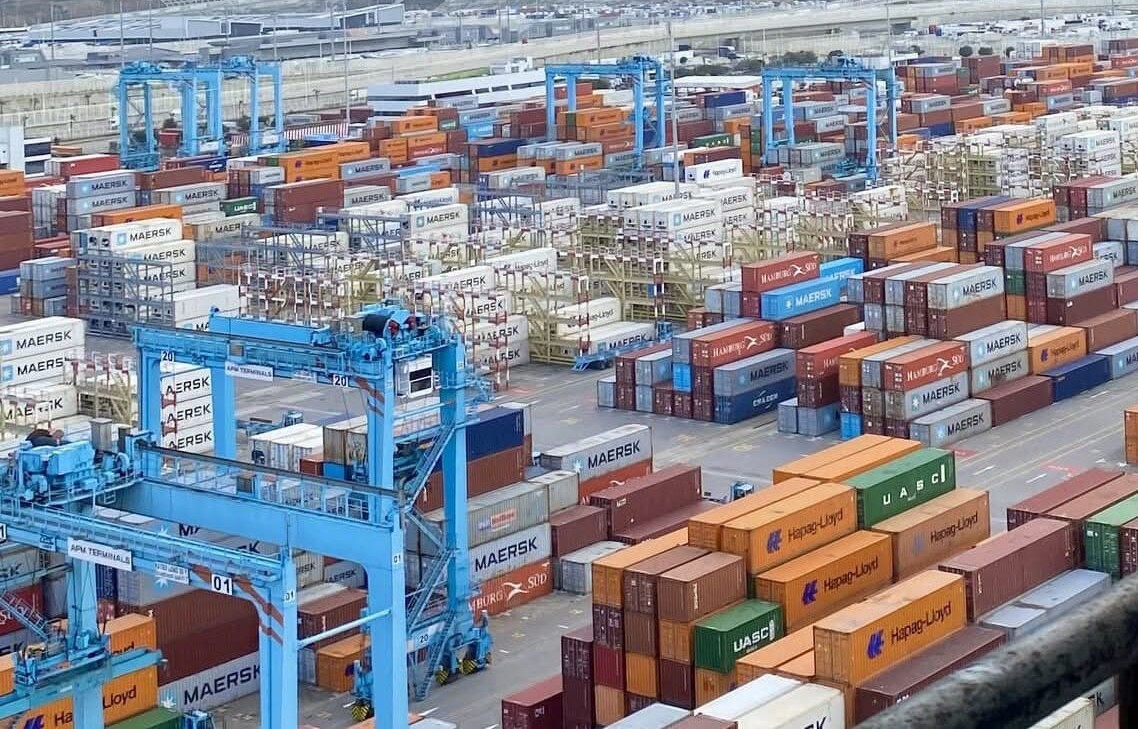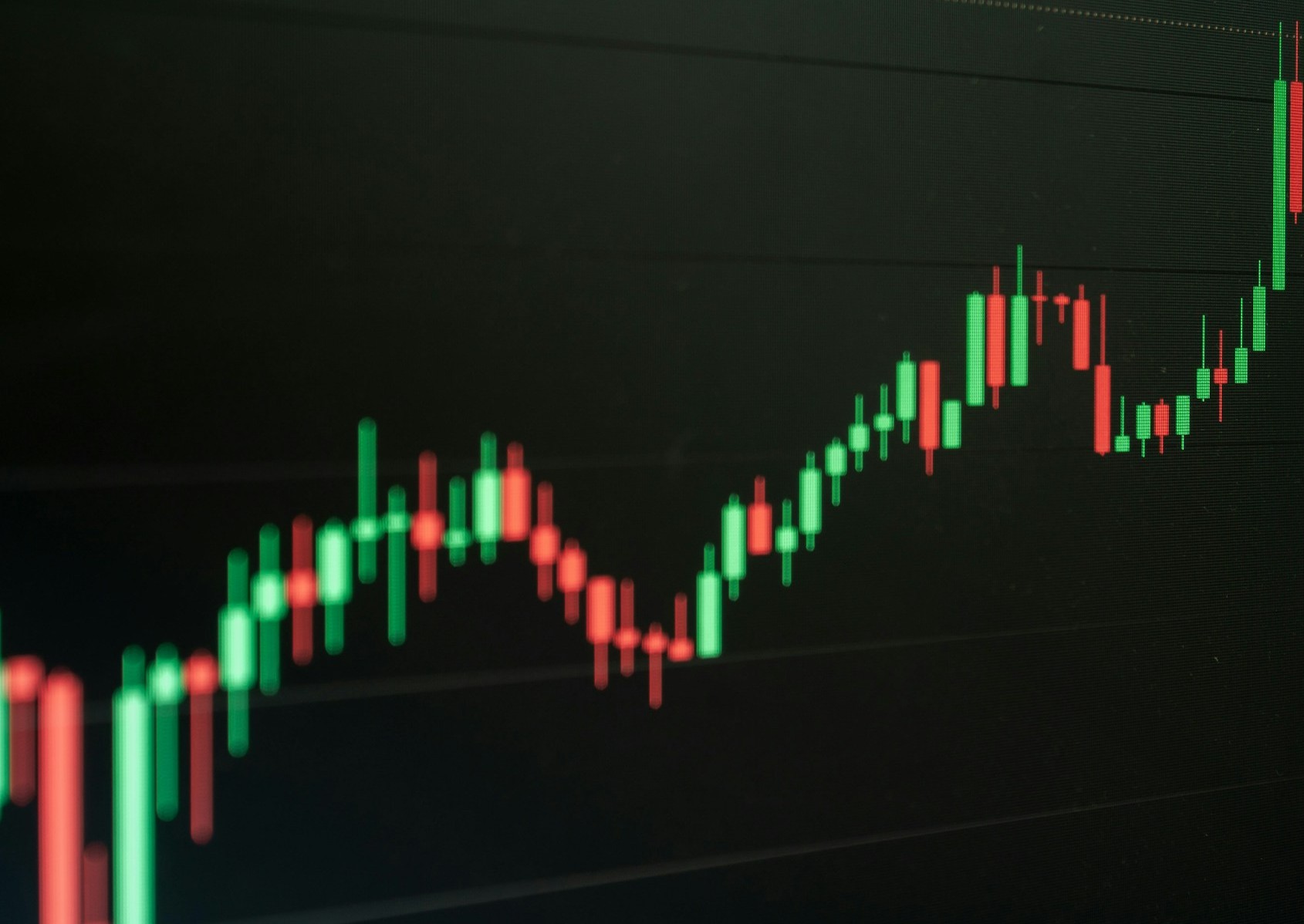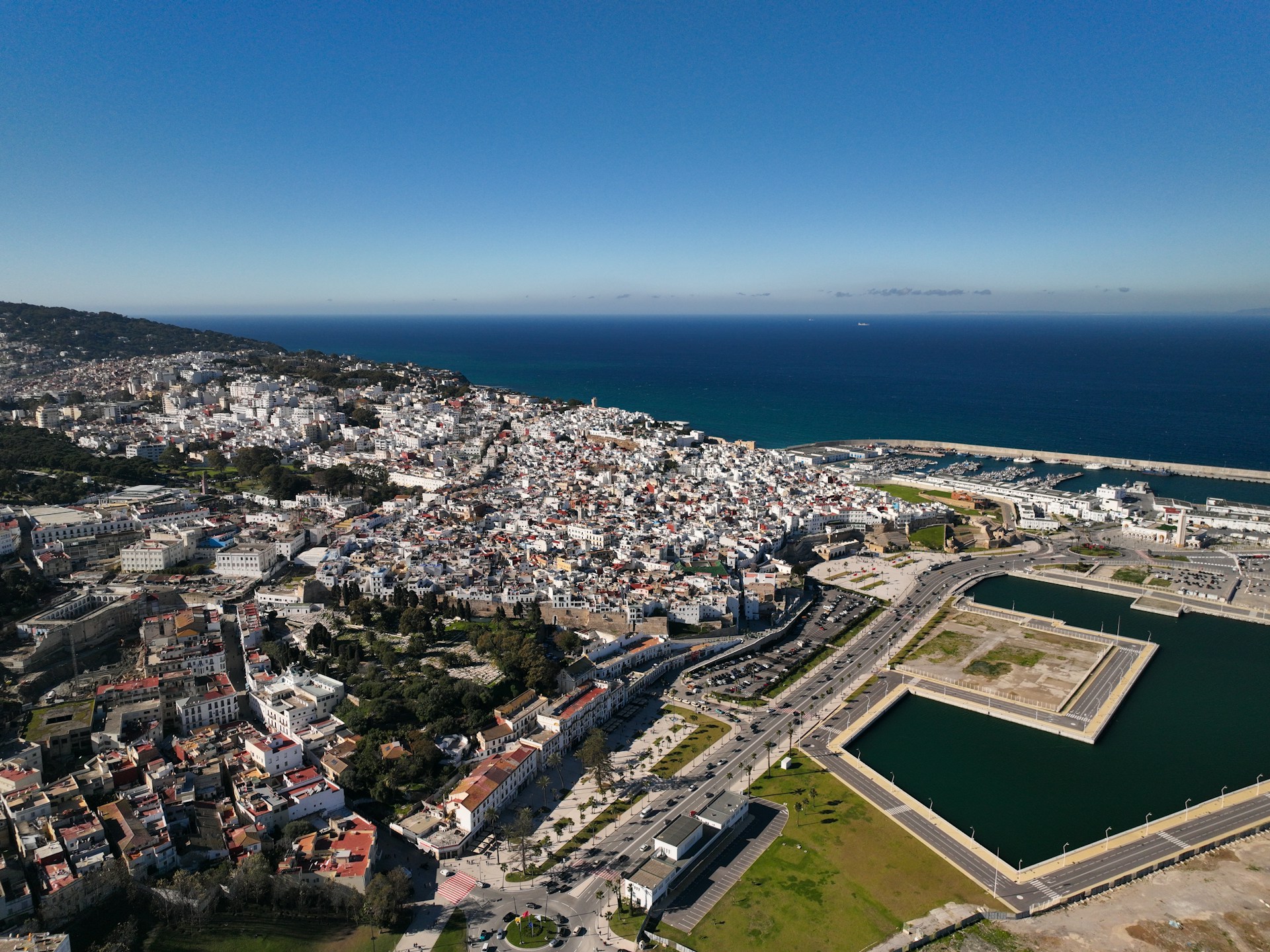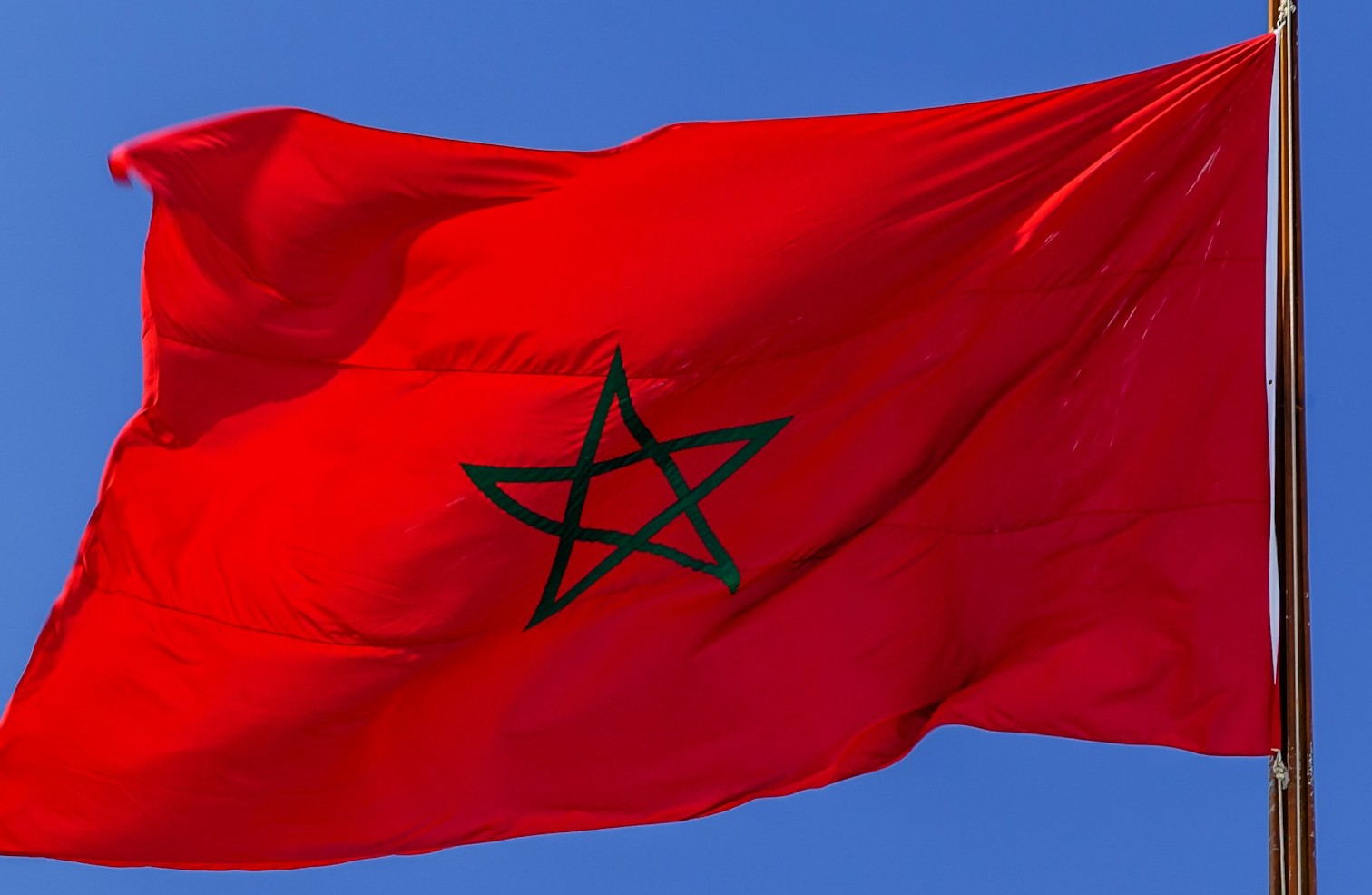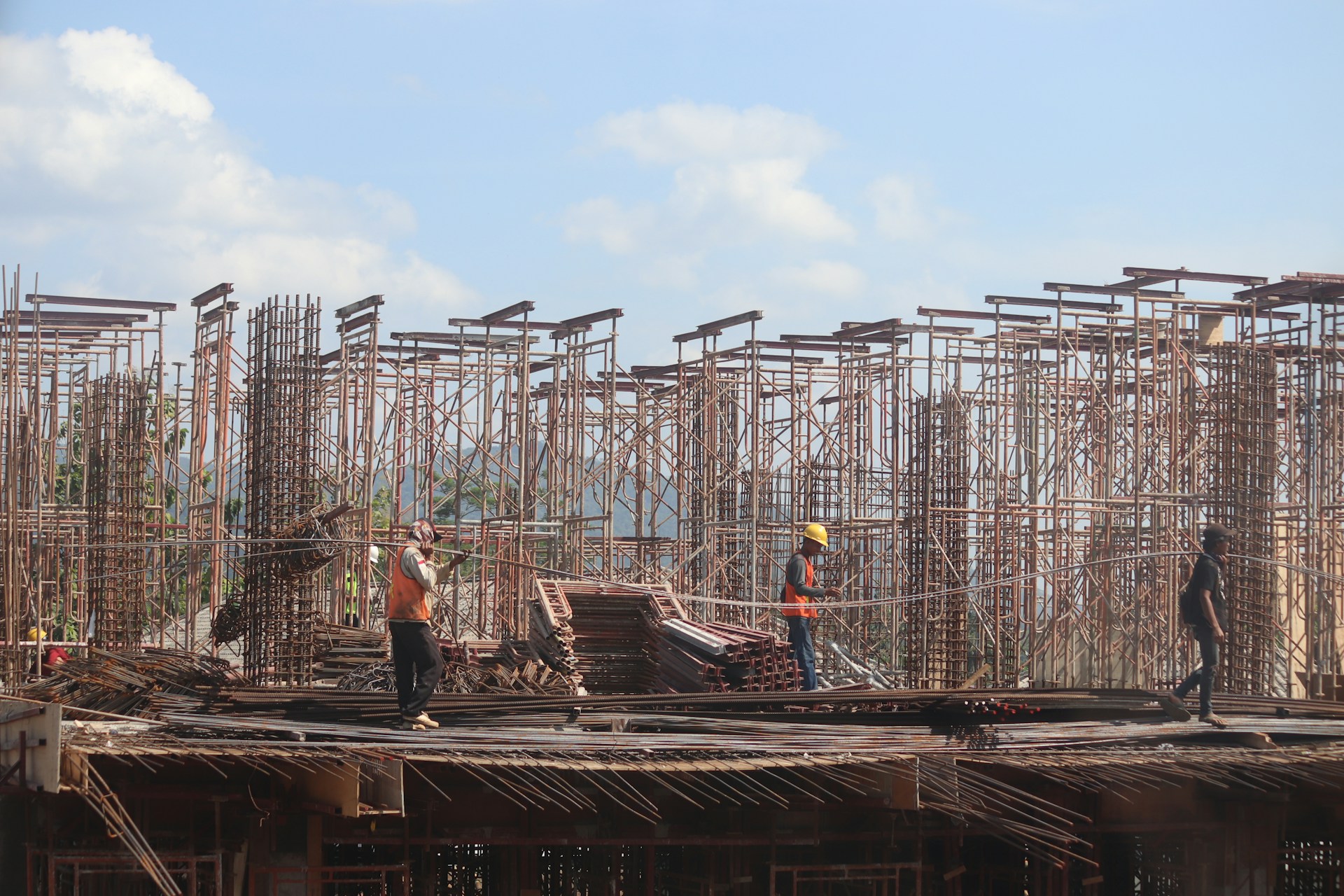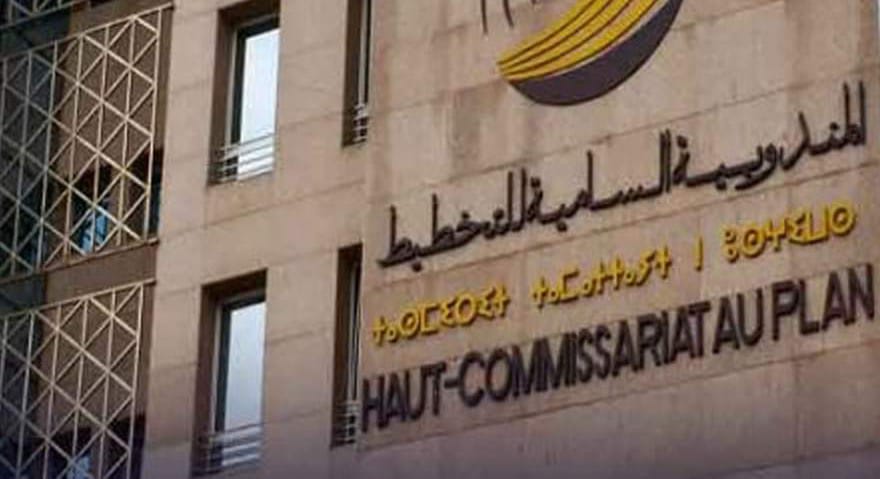Casablanca – As Morocco steps into 2025, balancing ambition with caution, its budgetary path reveals both pressure points and promising signals. Despite a bumpy start to the year, early signs suggest that the country is holding its fiscal line—reassuring investors and economists alike.
A rocky beginning, but within range
By the end of February, Morocco’s budget deficit had widened to $2.55 billion, a sharp increase of $1.55 billion compared to the same period in 2024. The main driver was a significant rise in public spending—ordinary expenditures jumped by 41.4%, with spending on goods and services increasing by $2.16 billion and interest payments rising by $206 million.
On the revenue side, tax income—especially from personal income tax—remained solid but failed to fully offset the spending surge. As a result, the ordinary balance turned negative, reaching -$2.14 billion, a level not seen since 2017. However, the government still aims to keep the full-year deficit at $6 billion, or 3.5% of GDP—down from 3.9% in 2024—signaling a gradual approach to fiscal consolidation.
International markets give a confidence boost
One of the most reassuring developments came on March 26, when Morocco made a successful return to international financial markets. The country raised $2.18 billion through a two-tranche bond issue. The first tranche amounted to $978 million over four years, offering a yield of 3.937% and a coupon of 3.875%. The second, a 10-year bond worth $1.2 billion, came with a 4.843% yield and a 4.750% coupon.
The issuance was met with strong investor demand, with orders surpassing $7.65 billion. This strong appetite highlights growing confidence in Morocco’s macroeconomic fundamentals and provides crucial support for the country’s financing needs. The funds will cover a substantial portion of the government’s external financing requirement for 2025, estimated at $6.2 billion, while also easing pressure on domestic borrowing.
Strategic financing for a balanced year
Morocco’s total gross financing requirement through the end of 2025 is estimated at $15.2 billion. Of that, $5.96 billion will be sourced from international markets and $9.14 billion from domestic sources—roughly $942 million per month. Analysts view this pace as sustainable, especially given that inflation has eased to 2.6%, close to the central bank’s target.
This favorable monetary environment allows the Treasury to carefully plan its market operations without resorting to hasty measures. Public debt is expected to rise moderately, with total Treasury debt projected at $116.6 billion for 2025, up from $110.5 billion in 2024. Domestic debt is set to increase slightly by 0.8%, while external debt is expected to climb by 18.9%.
The road ahead: Promising but exposed
Overall, Morocco appears to be on a credible path toward fiscal balance. The deficit is narrowing, investor confidence is returning, and financing strategies are gaining traction. However, the outlook is not without risks.
External threats like global economic slowdowns, trade tensions, and commodity price shocks could test the country’s resilience. Internally, fiscal stability could be challenged by climate unpredictability and fluctuations in tax revenues.
Still, if Morocco achieves its 4.6% growth target and sticks to its fiscal roadmap, 2025 could mark a turning point—transforming a tense beginning into a year of solid economic footing.
